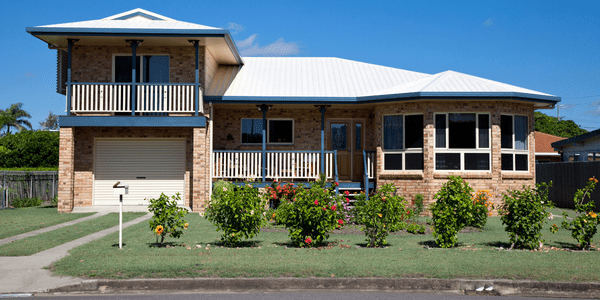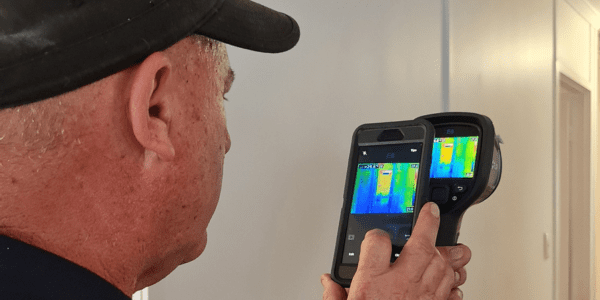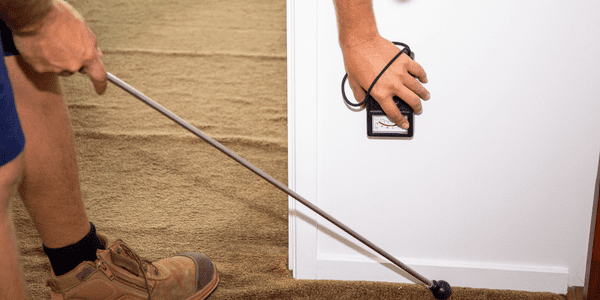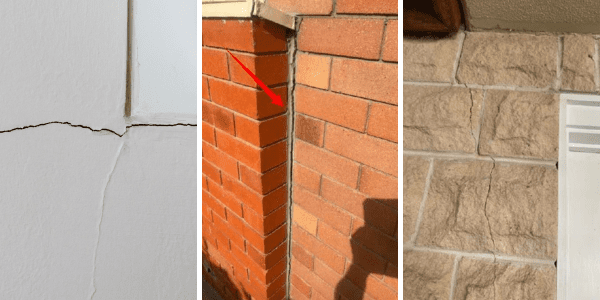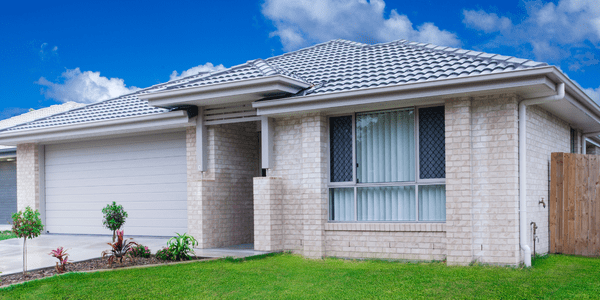House Inspection Services
Decide which house inspection service you need
There are many home inspection services available and it can sometimes be difficult to determine which one you need. At Dedant Building and Pest Inspections, we provide a number of house inspection services for homeowners, landlords, property managers and investors.
In this blog, we'll take you through the different home inspection services available so you can determine which one is relevant for you.
Building and pest inspection
A building and pest inspection is often conducted during the buying or selling process. For buyers, it gives them a clear picture of the property they are about to purchase. This ensures they are making an informed decision. They may also use the building and pest report during negotiations. For sellers, a building and pest inspection gives them an opportunity to address issues with the property before they’re found by potential buyers. It also helps them to set a realistic sale price and can sometimes speed up the sale process.
Regardless, a building and pest inspection is visual inspection of a property to assess it’s current condition. The building inspection looks for major and minor defects, safety hazards and other issues that may affect the livability of the property. The timber pest inspection looks for any evidence of live termites and termite damage – both past and present.
The building and pest inspector will use a thermal imaging camera and moisture meter to help detect anomalies that may not be visible to the human eye. Find out more about building and pest inspections here.
Annual timber pest inspection
As the name suggests, an annual timber pest inspection is a visual inspection of a property looking for any signs of timber pest activity. This can include any evidence of termite activity, damage and timber borers. It is a thorough inspection of the home and all accessible areas within 30 meters of the structure. This includes the garden, garage, roof void, fences and retaining walls.
The pest inspector will tap the entire house with a sounding tool to ‘sound out’ the timbers for hollow spots. As termites eat timber from the inside out, hollow spots often indicate termite damage.
The inspector will also use a thermal imaging camera and moisture meter to help detect termite activity and areas of excessive moisture. As termites are highly attracted to damp areas. Australian Standards recommends that all homes have an inspection for termites at least every 12 months.
Maintenance Inspection
A maintenance inspection is a visual assessment of a property looking for major building defects and maintenance issues. A great way to think of maintenance inspections is a ‘health check’ of a building. This is helpful for homeowners, landlords and property managers. As it assesses whether there are any issues in the property that need attention.
Maintaining a property is critical as it helps to avoid costly repairs and stops small issues becoming big problems. The building inspector will check all accessible areas of the home within 30 meters of the structure.
Handover Inspection / Practical Completion Inspection
Handover Inspections or a Practical Completion Inspection is a visual inspection of a new build prior to completion. It is generally conducted before final payment is made and when the home is ready for occupation.
The purpose of a handover inspection is to ensure that the home is truly ready for occupants to move in and that there are no outstanding items or work to be done.
It is very detailed and looks at the functionality and quality of finish. Any items that require rectification work are listed in a report which can be forwarded to the builder to fix.
Stage Inspections
Like the above, a stage inspection is a visual inspection of a new build after each ‘stage’ of the build is complete. There are four crucial stages of a new build before a handover inspection, which are:
- Foundation stage – inspection immediately before pouring the slab to ensure the foundation is correct. Understandably, if the foundation is not correct, serious structural defects can occur.
- Frame stage – when the frame is complete but before internal wall linings. This inspection ensures the frame has been properly built and is in accordance with plan measurements. Obviously, if the frame is not square, built properly or to plan, the rest of the build will be affected. Such as doors and windows not fitting. It can also compromise the structural integrity of the home if bracing or bearings have not been built correctly.
- Lock-up stage – completed when external windows and doors are installed and the roof is on to ensure the building is water-tight and safe.
- Pre-painting stage – when construction and carpentry is complete but prior to painting. This is an important step as defects may become hidden once painting and flooring is finished. As a result, you may not find these issues until you’ve moved in.
Obviously, it is important to check each stage of the build to identify and repair defects before the effect the entire building.
Contact us today for your house inspection services
Regardless of which inspection you need, Dedant Building and Pest Inspections are here to assist. All our inspectors are fully licensed and experienced with many having over 30 years’ experience in the building industry. This means you can rely on us to provide a comprehensive inspection.
We have been servicing Brisbane, Redland Bay, Moreton Bay, Gold Coast, the Scenic Rim, Sunshine Coast, Ipswich and Logan since 2009.
Contact us on 07 3807 0122 or via our website.

